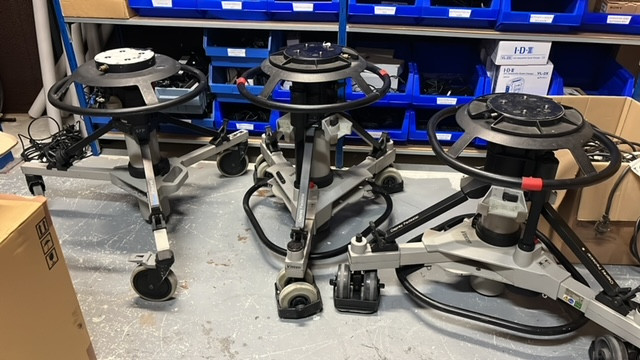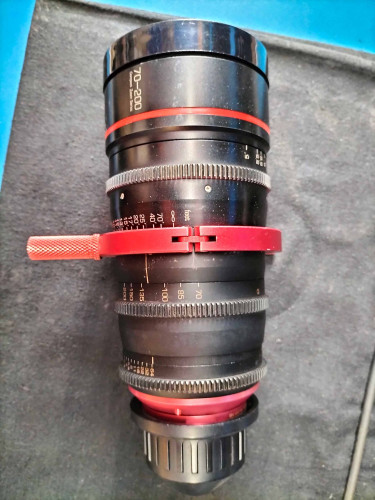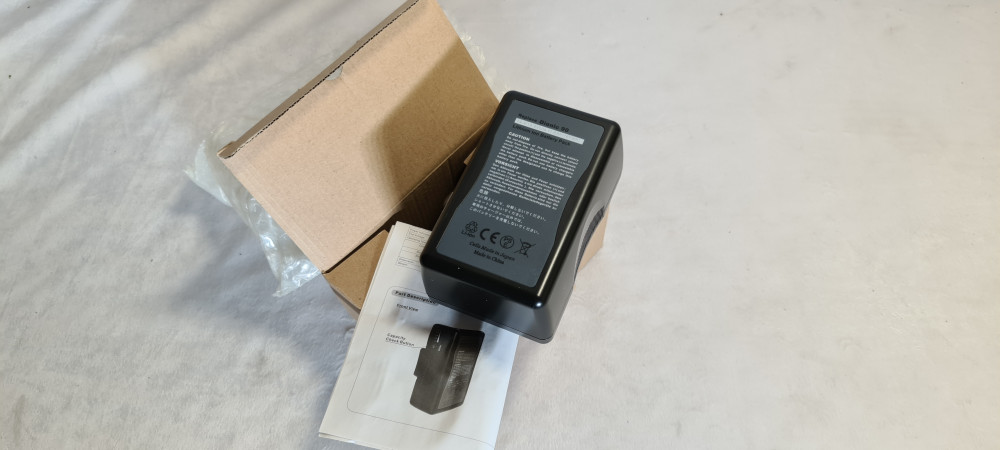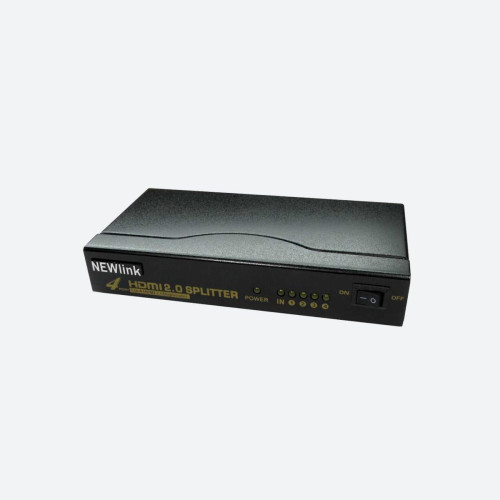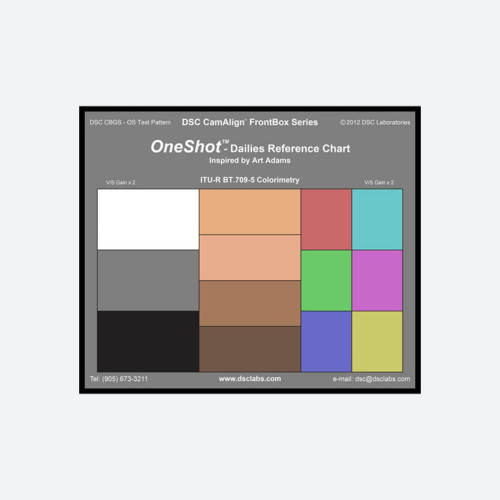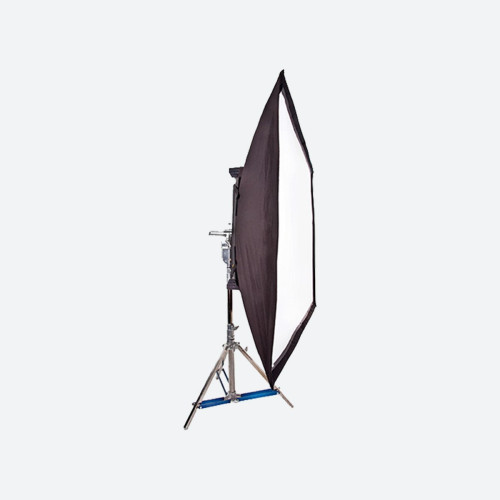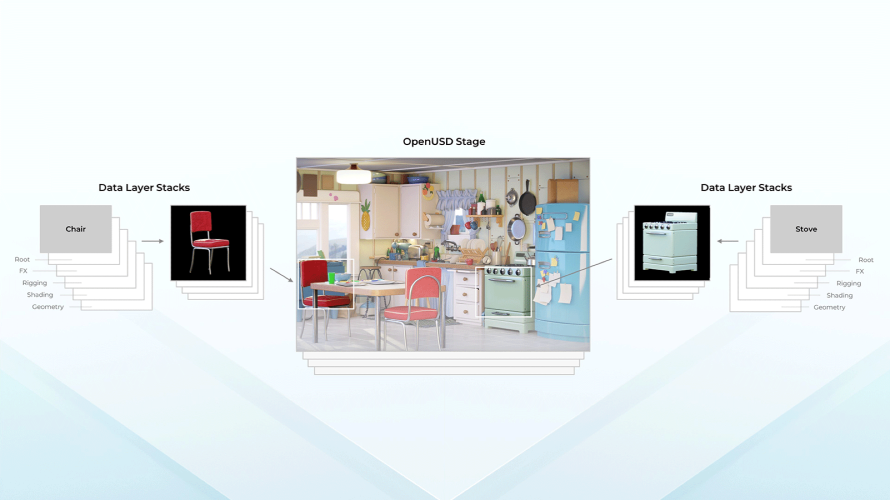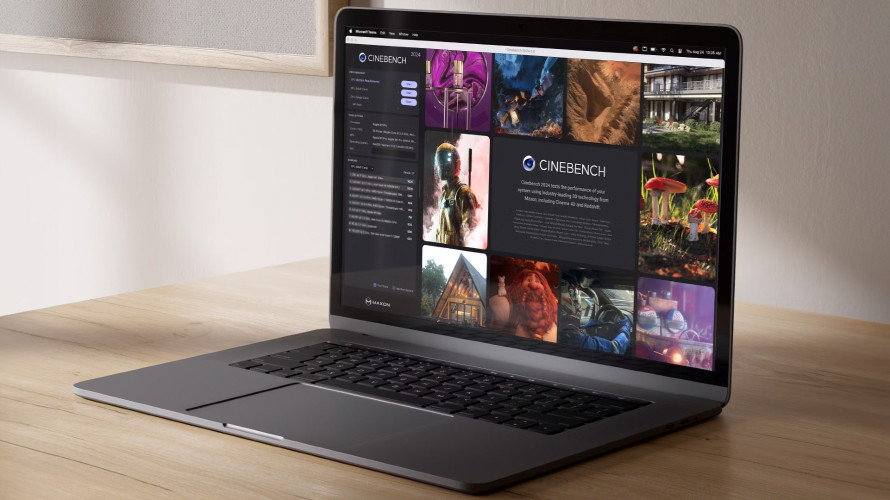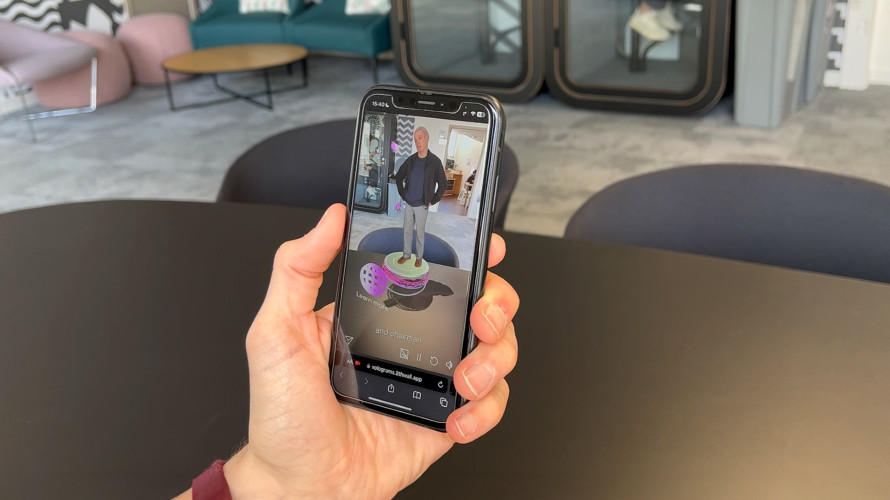3d Screens

Author: Bob Pank#
Published 1st December 2012
Often exhibitions such as IBC and NAB can be summed up as progressive – slightly better products but nothing really new. Sometimes there is a breakthrough such as Ampex’s introduction of the VTR in 1956. The early years of digital production and post tools were rich in totally new things. At the time I worked at Quantel and seeing inventions like Paintbox and a DVE video page turn for the first time was truly exciting; I knew these would be game-changers. What they did was instantly understandable and easy to apply. So, you may ask, why should it be that we are many years into the 3D revolution of the modern era and everyone knows what we really need to make 3DTV come alive, but we don’t have. Of course I’m talking about the perfect, or just really good, autostereoscopic TV screen. We can send robots to Mars, find the Higgs Boson, build 830m high, and actually find cures for some cancers and yet the ideal glasses-free 3DTV screen is not here yet. True, some, if not all, of the afore mentioned brilliant achievements are far more important than adding a third dimension to our home TV viewing, but still, you would have thought it would be here by now.
The reason is, it’s not easy – especially as it has to be affordable for the mass consumer market. However it was most encouraging at the last NAB and IBC to see a number of manufacturers, including Sony, Dolby (with Philips) and others showing glasses-free screens that seemed to work OK. It seemed as if the manufacturers had, at last, realised that the glasses-free screen really is the missing link for home viewing to be acceptable. Sony was mainly showing monitors whereas Dolby 3D, as it’s called, is a whole system including signal coding and, no doubt, processing. I look forward to seeing more progress in 2013.
Of course there are glasses-free TV screens already in the market. In the UK you can pop down to Currys and purchase a 55-inch 3840x2160 400Hz resolution Toshiba offering glasses-free viewing. Early reports mentioned it could track up to nine heads for 3D viewing – more on that later. Getting just £1 change from £7,000 for my (virtual) purchase means that this set is not for the mass market. Prices must plummet for appeal to a much wider public – that is already sceptical about 3D. Today we are simply not used to paying so much for a TV but back in the late 1960s when PAL colour TV arrived in the UK, a colour TV set cost around £300 – a price then considered so high as to limit sales. Thanks to the intervening decades of inflation, that price is now equivalent to about £4,200. But TV set prices have been amazingly stable and today you still have a wide choice of excellent sets at £300. So glasses-free TV now costs too much.
Fortunately there is an industry White Knight striving to improve the technology. As a technology junky my most exciting half hour at the IBC exhibition was spent with Fraunhofer – the guys who invented MP3 and runs development projects on behalf on the industry. There, Siegfried Foessel, Head of the Moving Picture Technologies Department, introduced me to one of their projects that was aimed at glasses-free 3DTV viewing. A technology that appears to be common to all such screens is the use of a lenticular filter placed over the front of the screen – a sophisticated version those often-seen 3D or multi-view cards on sale at tourist shops. This TV technology provides 3D viewing only if you are sitting in the right place, so that you can see both left and right images via the filter. Then you are in ‘the zone’.
Such modern 3DTV screens typically offer a number of zones, so that several people can watch at the same time... as long as they sit still! There are two recognised challenges to this. One is that people actually do want to move around. The other is that there needs to be a powerful engine to process the left and right channels of the input S3D video so that each zone shows the correct 3D image. The former problem can be solved by tracking viewers’ faces – I guess lifting established technology from the consumer digital camera market. That tracking data is sent to the ‘engine’ to effectively adjust the angle of the zone, so viewers can move around and the zone moves with them. Fraunhofer was showing its lab version of such a set-up that seemed to work pretty well. Indeed this looked to me very like what is offered in that Toshiba set. However the point of this research is to perfect the 3D processing engine and then reproduce it as a chip – saving size, power consumption and, hopefully reducing cost, while delivering superb 3D viewing. This is definitely one to watch!
The technologies used in the 3D scene-to-screen chain have rapidly evolved in recent years – and it’s still happening. The prospect of good, affordable glasses-free TV screens is only one of many technologies that are aimed at improving the 3D experience which, for too long, has had to ride on the back of established technologies. A root-and-branch overhaul is needed to enable a far better 3D audience experience. For example, TV-Bay editor Simon Tillyer was obviously wowed by the showing of “Hugo” at the IBC auditorium (see pageXX). This used Christie’s laser projection technology to deliver much brighter images of this very well made 3D movie. So watching 3D really can be great experience and it may well be a powerful driver for further technical developments and deployments, such as high frame rate and bigger pictures (4K) to wow more audiences.



